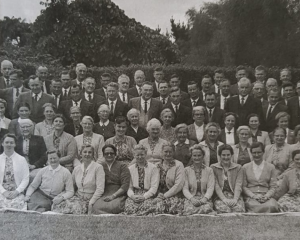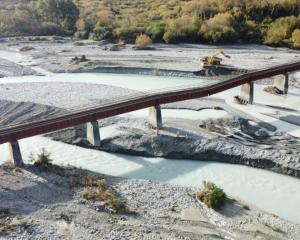Southern regional director Jim Harland said initiatives by the NZTA and other agencies meant ''everyone is doing what they can'' to stem the problem.
That included 2000 overseas travel agents completing an online training module in the past three months allowing them to pass on information and advice on driving to clients, and 50km of rumble strips being added to highways in Otago and Southland.
''The thing is, everybody is doing what they can to give people as much information to make the right decisions, and that's the key thing about all of this.''
The Visiting Drivers Project was aimed at each stage of a visitor's New Zealand holiday, from trip planning to booking, in-flight, arriving and driving on New Zealand roads.
The project was a cross-sector partnership between the Government and the transport and tourism industries.
While international visitor numbers had increased about 30%, the number of crashes involving overseas licence holders had stayed relatively constant or decreased in the past 10 years.
But in 2014, overseas drivers were involved, though not necessarily at fault, in 16 fatal crashes and 536 injury crashes, Mr Harland said.
Any crash was one too many, which was why so many different organisations were taking action.
Air New Zealand had created a ''driving in New Zealand'' app, which was available on long-haul flights, and was screening videos on driving in New Zealand, in a range of languages, on all international flights.
The Tourism Industry Association and Rental Vehicle Association had introduced a code of practice for rental vehicle operators, and the NZTA was marking 950km of Otago Southland roads with ''keep left'' arrows, 140km with ''no-passing'' markings, and installing 16 traffic courtesy signs to encourage slower drivers to let traffic pass.
In future, the NZTA would be looking at pull-off areas of the road where people could stop and take photographs, he said.
While there was no target for the summer in terms of reducing crashes, the ''minimum expectation'' was to hold the crash rate where it was.












